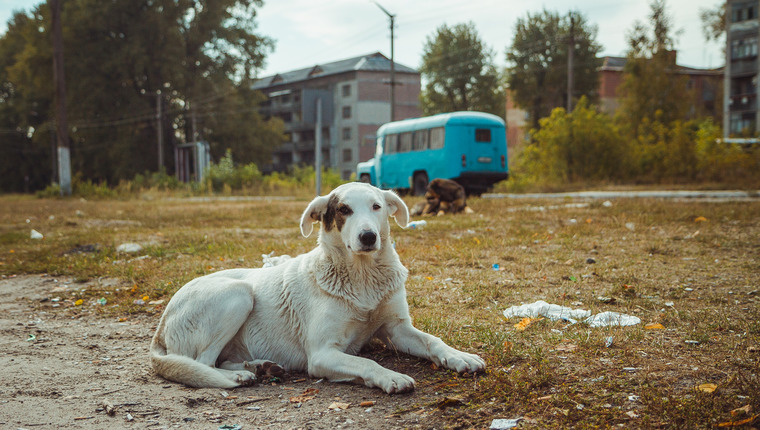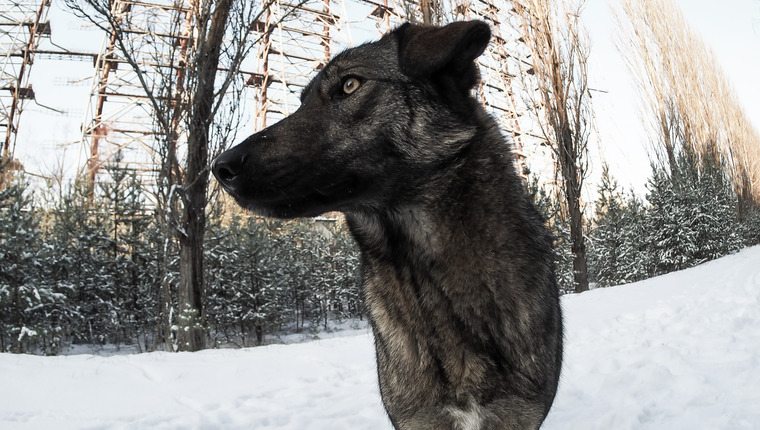
The Chernobyl reactor disaster of 1986 changed the world as we know it. The reactor meltdown shaped our views on nuclear power and its usage, and left many of us feeling afraid and uncertain about this source of power. During the evacuation, many citizens had to leave everything behind. This included many beloved pets.
Sadly, during the initial meltdown, most abandoned pets perished. Now, almost 40 years later, dogs still roam the abandoned grounds. And, after a closer look at Chernobyl’s feral dogs, it’s become clear the time away has changed them.
Chernobyl Changed the World – And Dogs
Genetic analysis of Chernobyl’s dogs has just begun, but it’s already clear that these dogs are different from our pets. Some researchers have referred to the genes in Chernobyl as being like a ‘time capsule’. Many different breeds were present at the site of the disaster, and have now interbred to a point where all Chernobyl dogs are mixed breed.
However, the breeds present ceased to change after the disaster; the remaining German Shepherd genes, for example, are those of the breed from the Eighties. GSDs at this point in time had fewer health conditions like hip dysplasia. So, it’s possible that Chernobyl’s dogs will help provide future insight into canine genes and health.
Chernobyl’s dogs are now also relatively inbred due to lack of new genes. It’s hard to tell what changes to these dogs’ genes are direct results of radiation, which can mutate DNA.
Helping Chernobyl’s Dogs
While there are many feral dogs roaming Chernobyl, there is also a dedicated handful of organizations working to improve their lives. For example, the Clean Futures Fund works to spay, neuter, and vaccinate Chernobyl’s strays.
Donating to or volunteering for one of these organizations prevents future generations of suffering & improves the lives of the dogs still present in areas unfit for human life.




